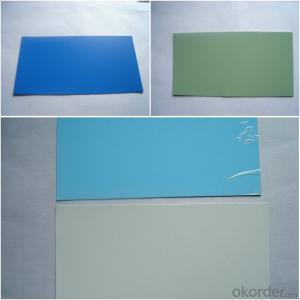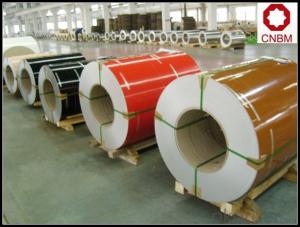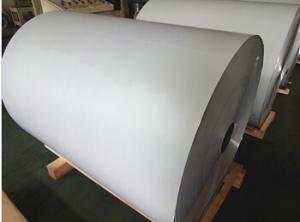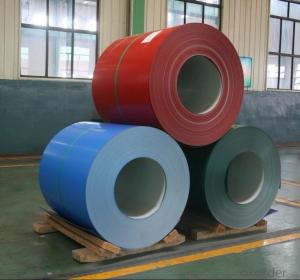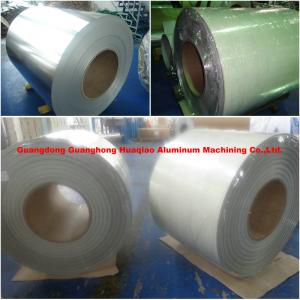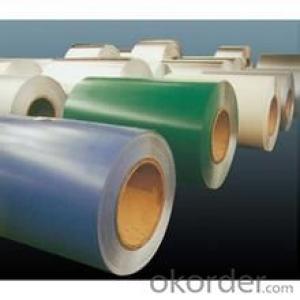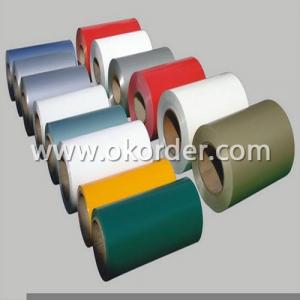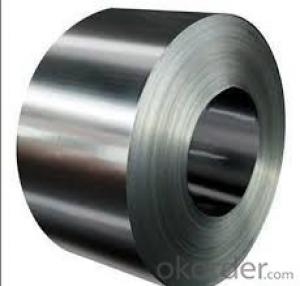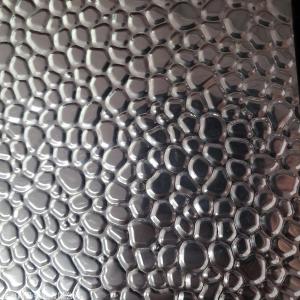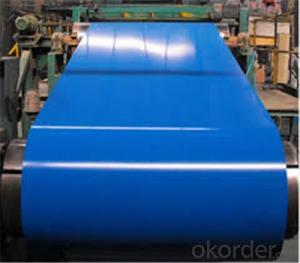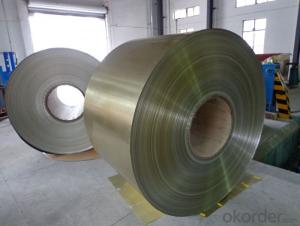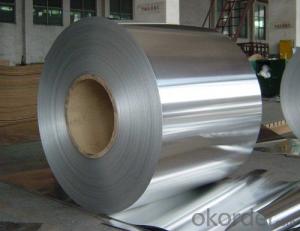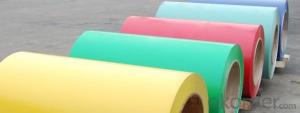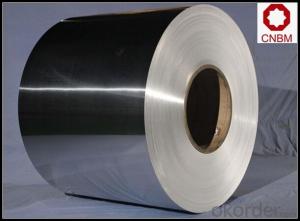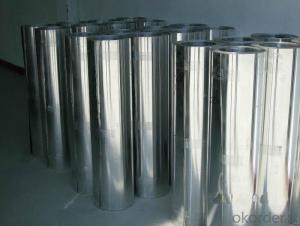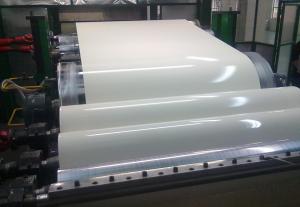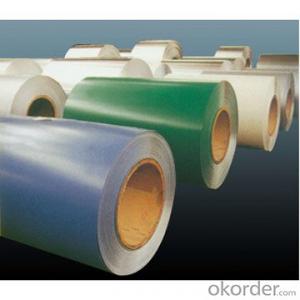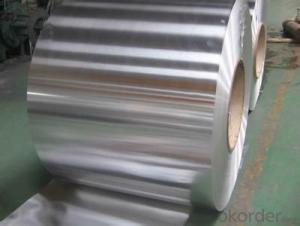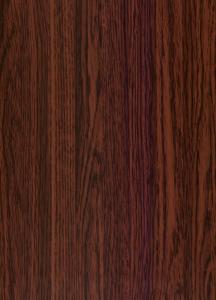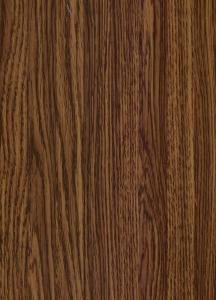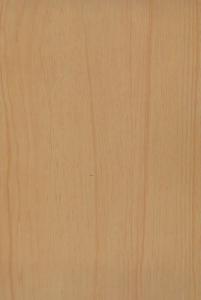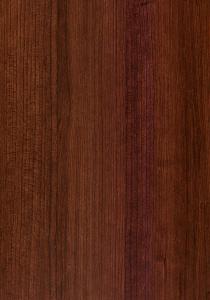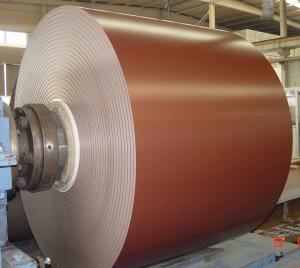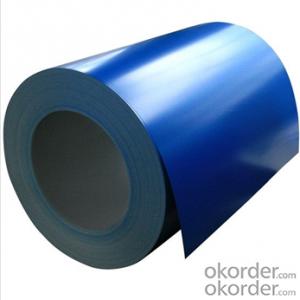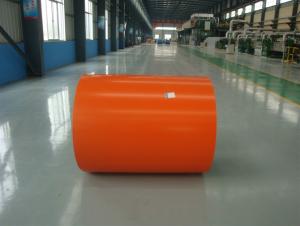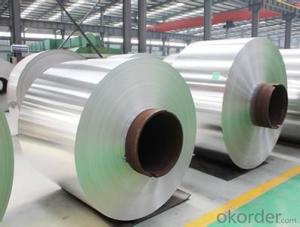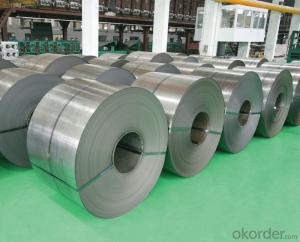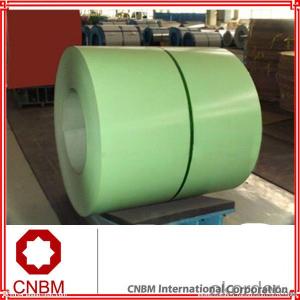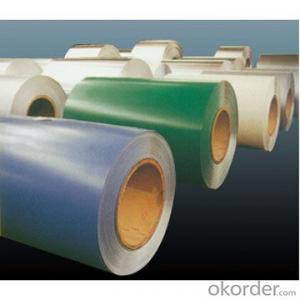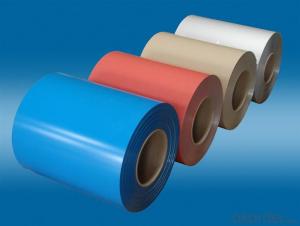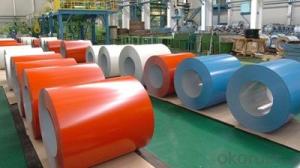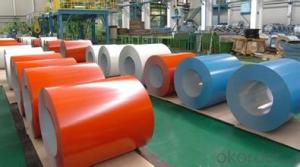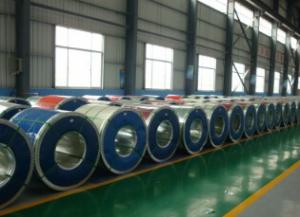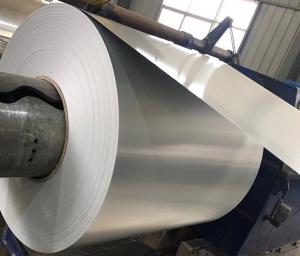Colored Aluminum Coil
Colored Aluminum Coil Related Searches
Color Coated Aluminum Coil Copper Colored Aluminum Coil China Color Coated Aluminum Coil Colored Aluminum Trim Coil Textured Aluminum Coil Polished Aluminum Coil Powder Coated Aluminum Coil Vinyl Coated Aluminum Coil Anodized Aluminum Coil Colored Aluminum Coil Stock Prepainted Aluminum Coil Buy Coated Aluminum Coil Coil Coated Aluminum Pvc Coated Aluminum Coil Embossed Aluminum Coil Copper Aluminum Coil Wholesale Painted Aluminum Coil Brushed Aluminum Coil Wooden Texture Coated Aluminum Coil Coated Aluminum Coil Pe Aluminum Copper Coil Painted Aluminum Trim Coil Aluminum Wire Coil Aluminum Alloy Coil Coil Coating Aluminum Coil Of Aluminum Aluminum Siding Coil Prefinished Aluminum Coil Custom Rolled Aluminum Coil Aluminum Coil PipeColored Aluminum Coil Supplier & Manufacturer from China
Colored Aluminum Coil is a type of aluminum material that has been coated with a layer of colored paint, providing it with a vibrant and attractive appearance. This product is widely recognized for its durability, corrosion resistance, and aesthetic appeal, making it a popular choice for various applications. The usage scenarios for Colored Aluminum Coil are quite diverse, encompassing construction, automotive, aerospace, and even consumer electronics. Its versatility allows it to be used in the manufacturing of doors, windows, facades, and other architectural components, as well as in the production of vehicle parts and electronic casings. Okorder.com is a leading wholesale supplier of Colored Aluminum Coil, boasting a substantial inventory that caters to the needs of a broad range of industries.Hot Products
